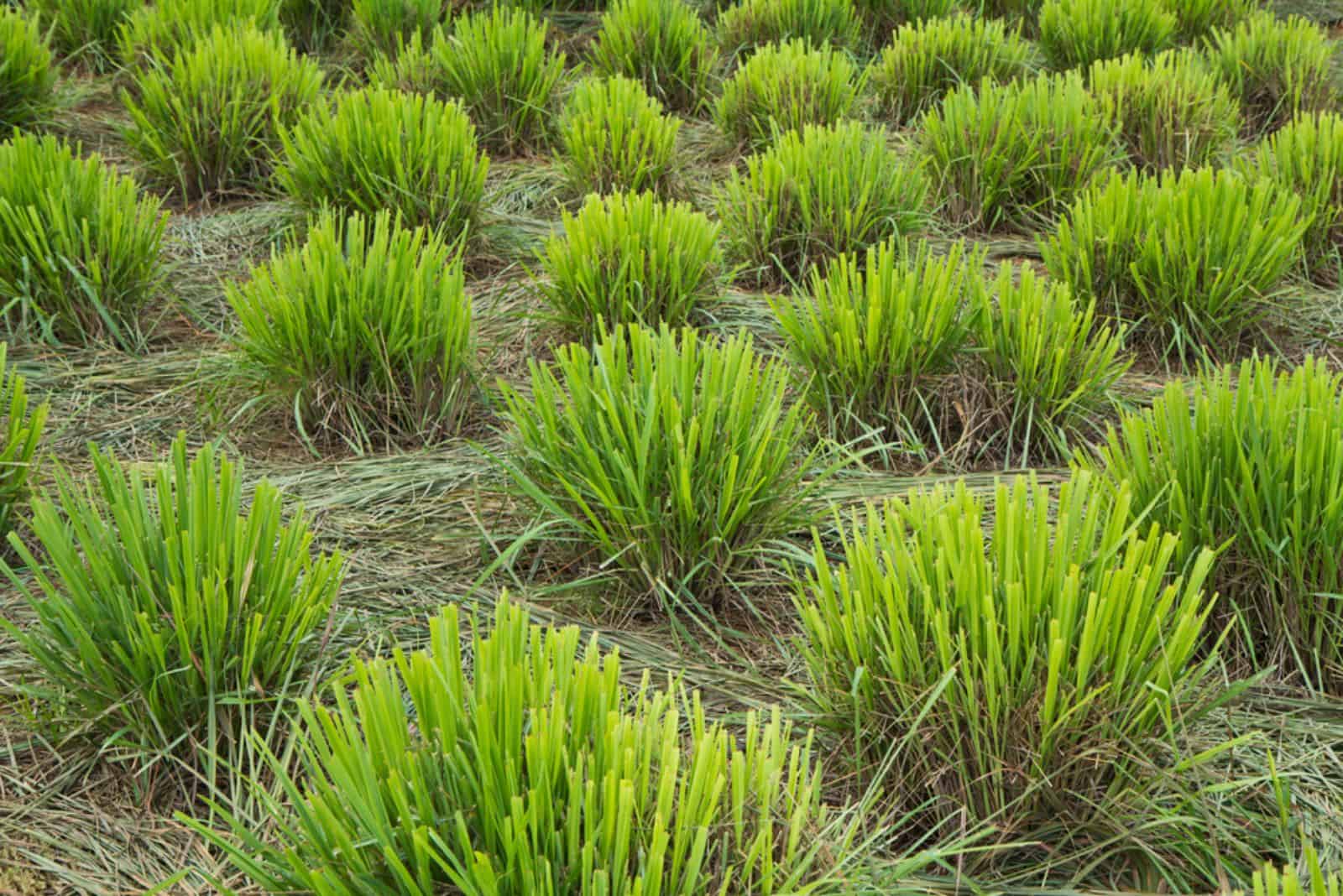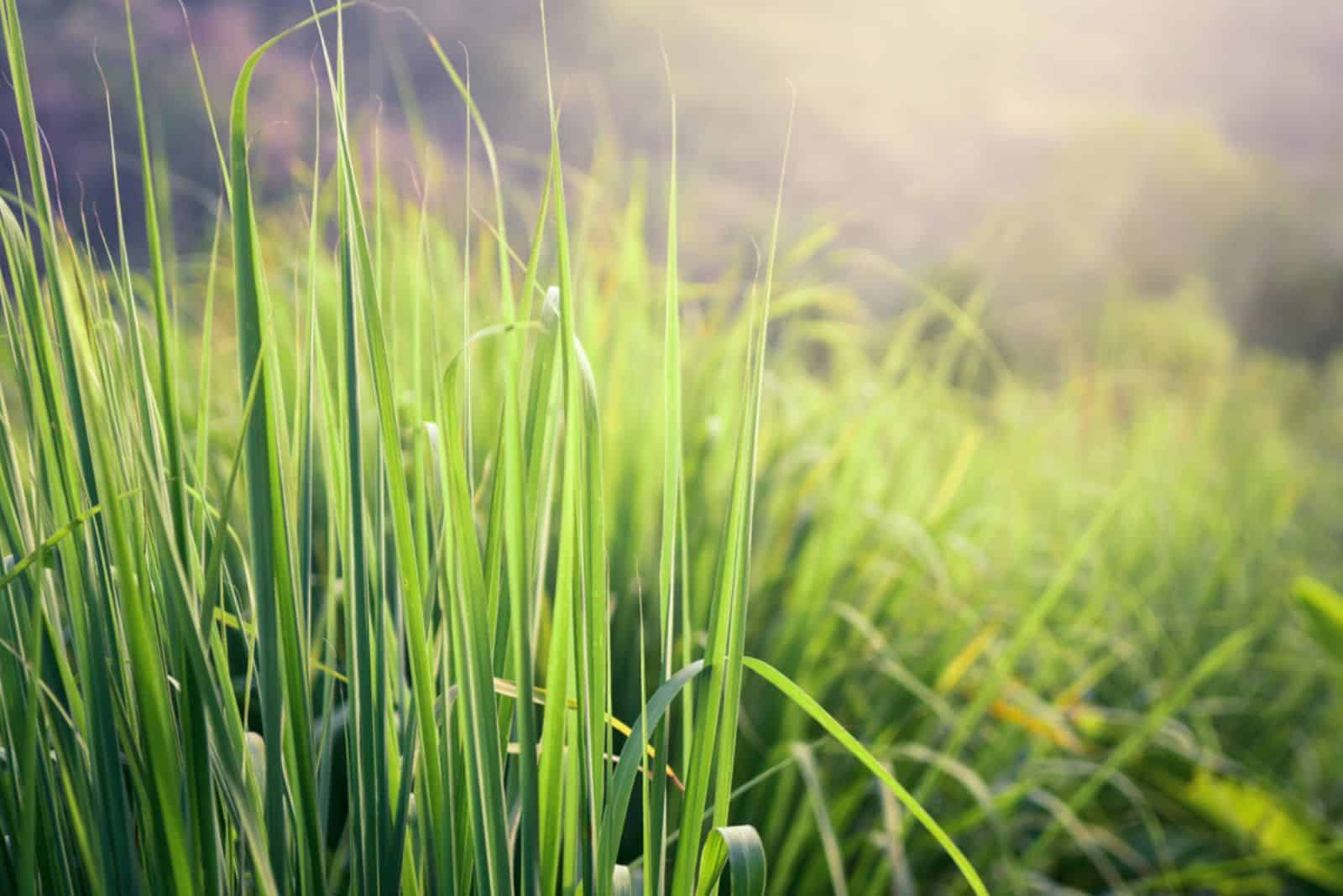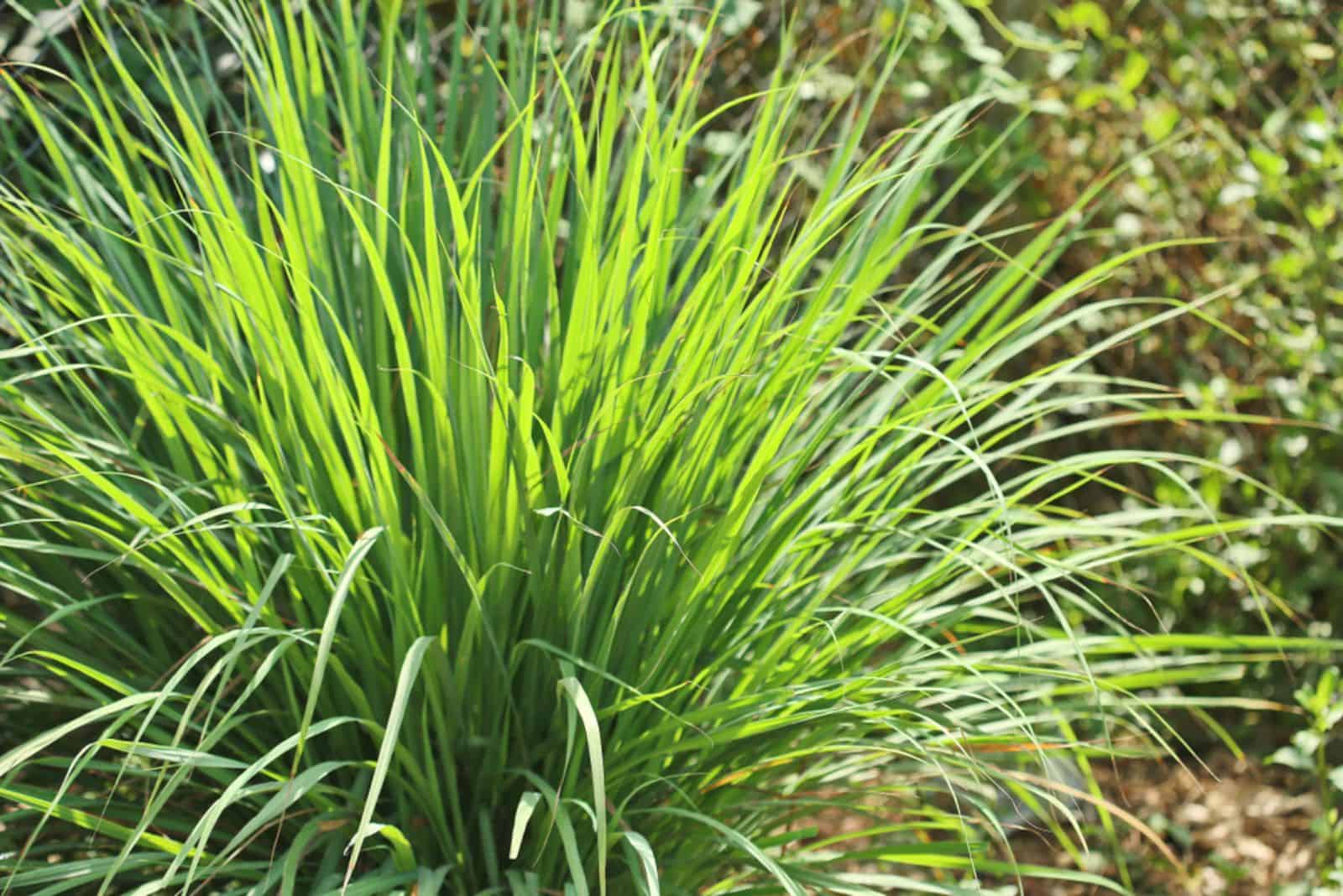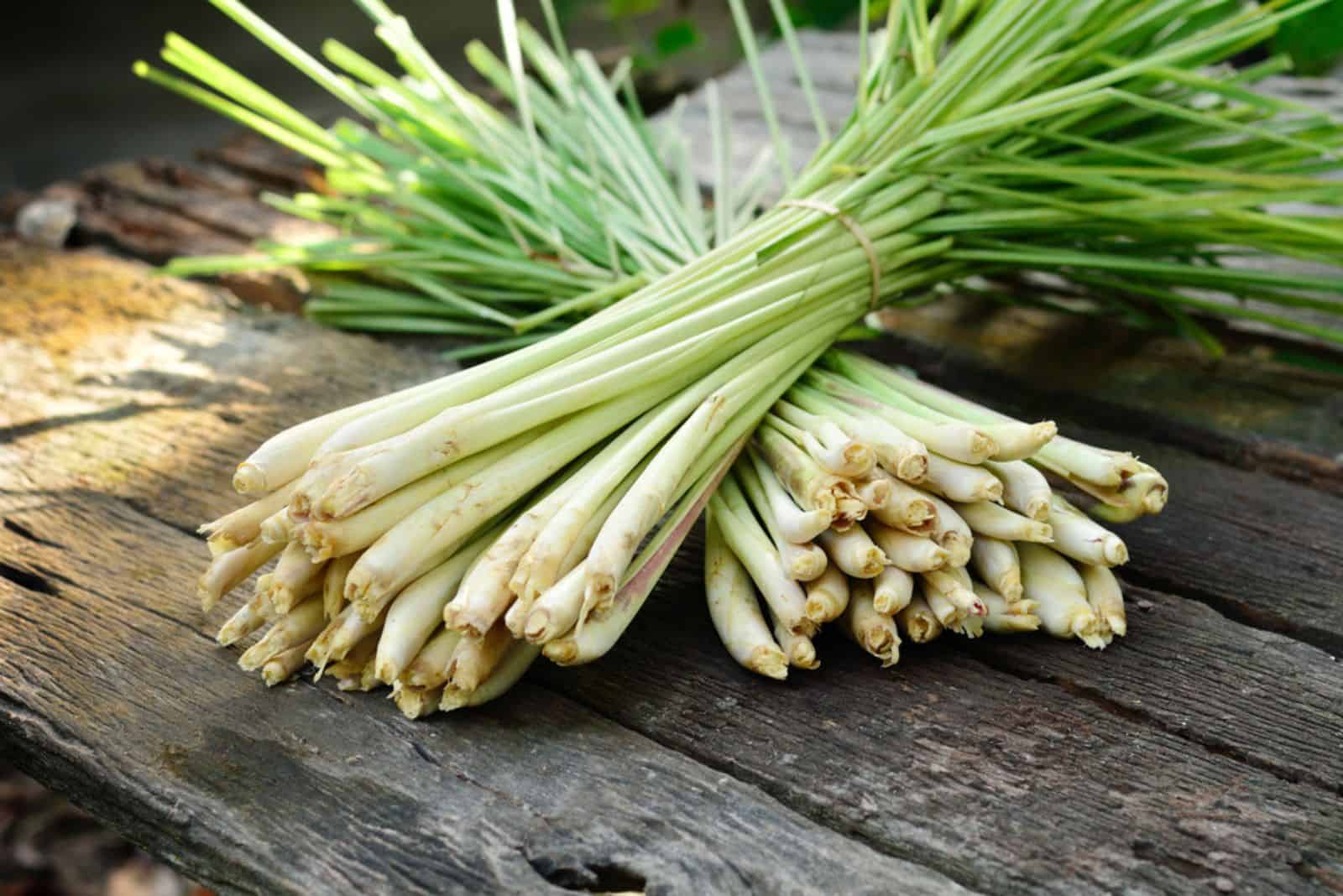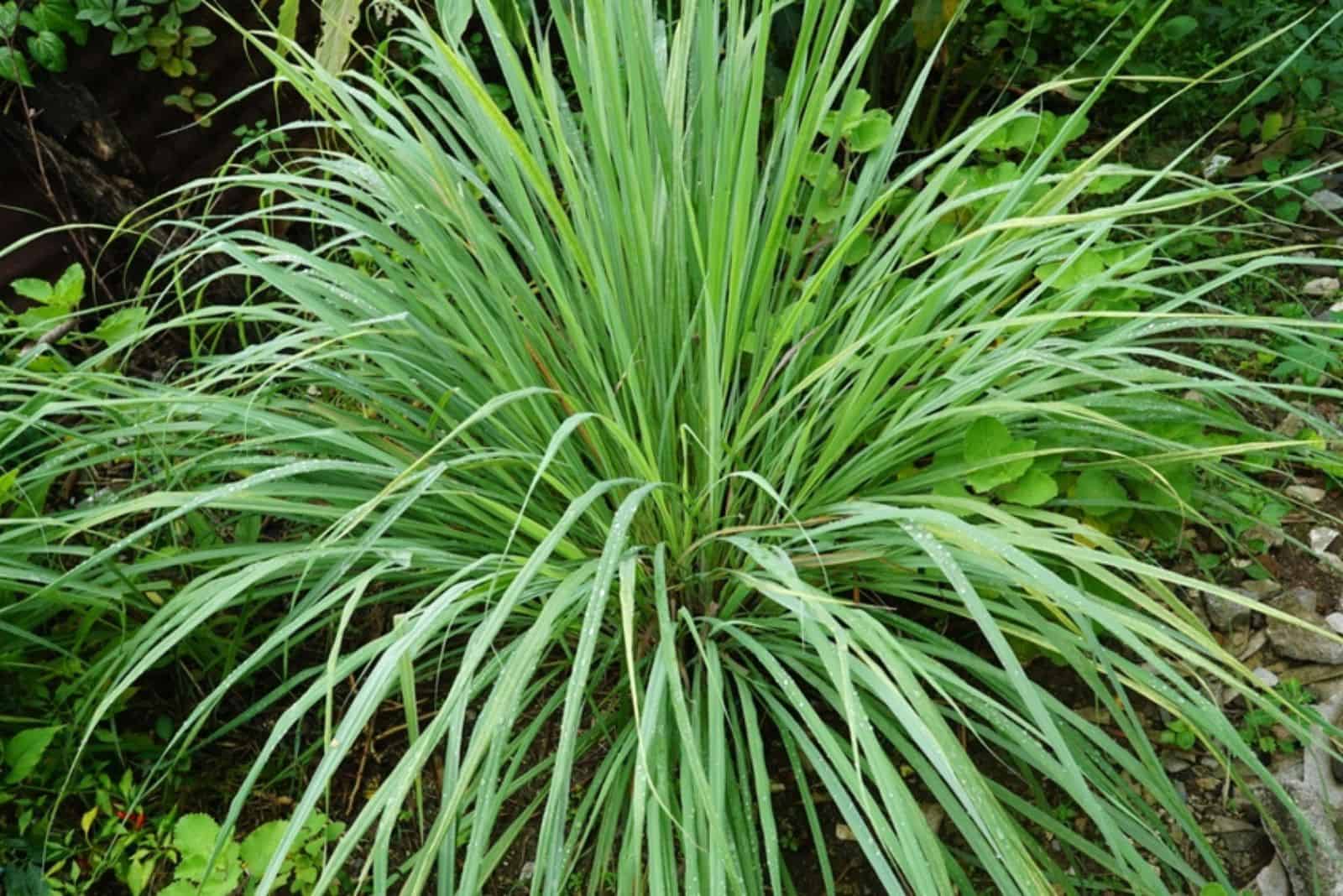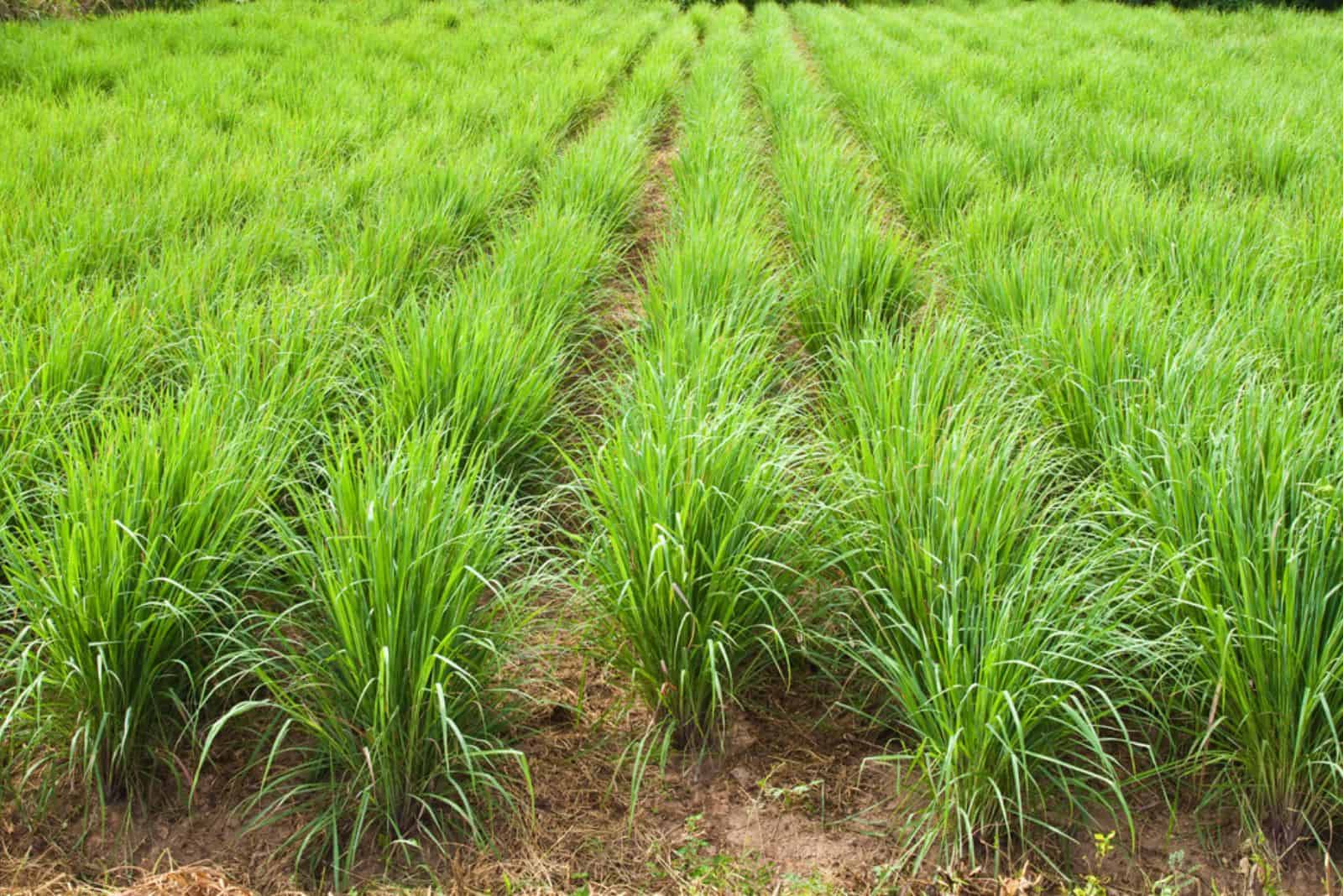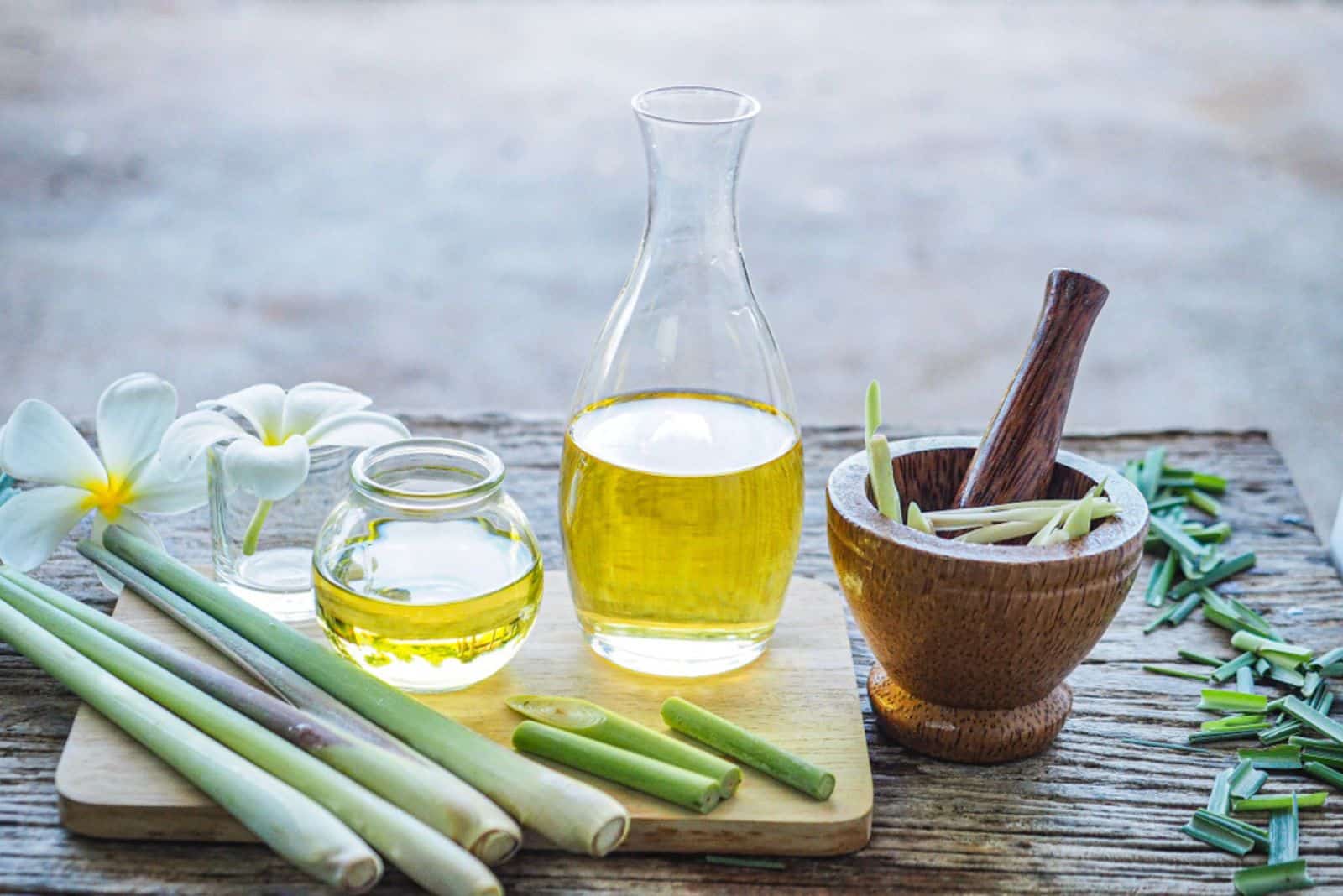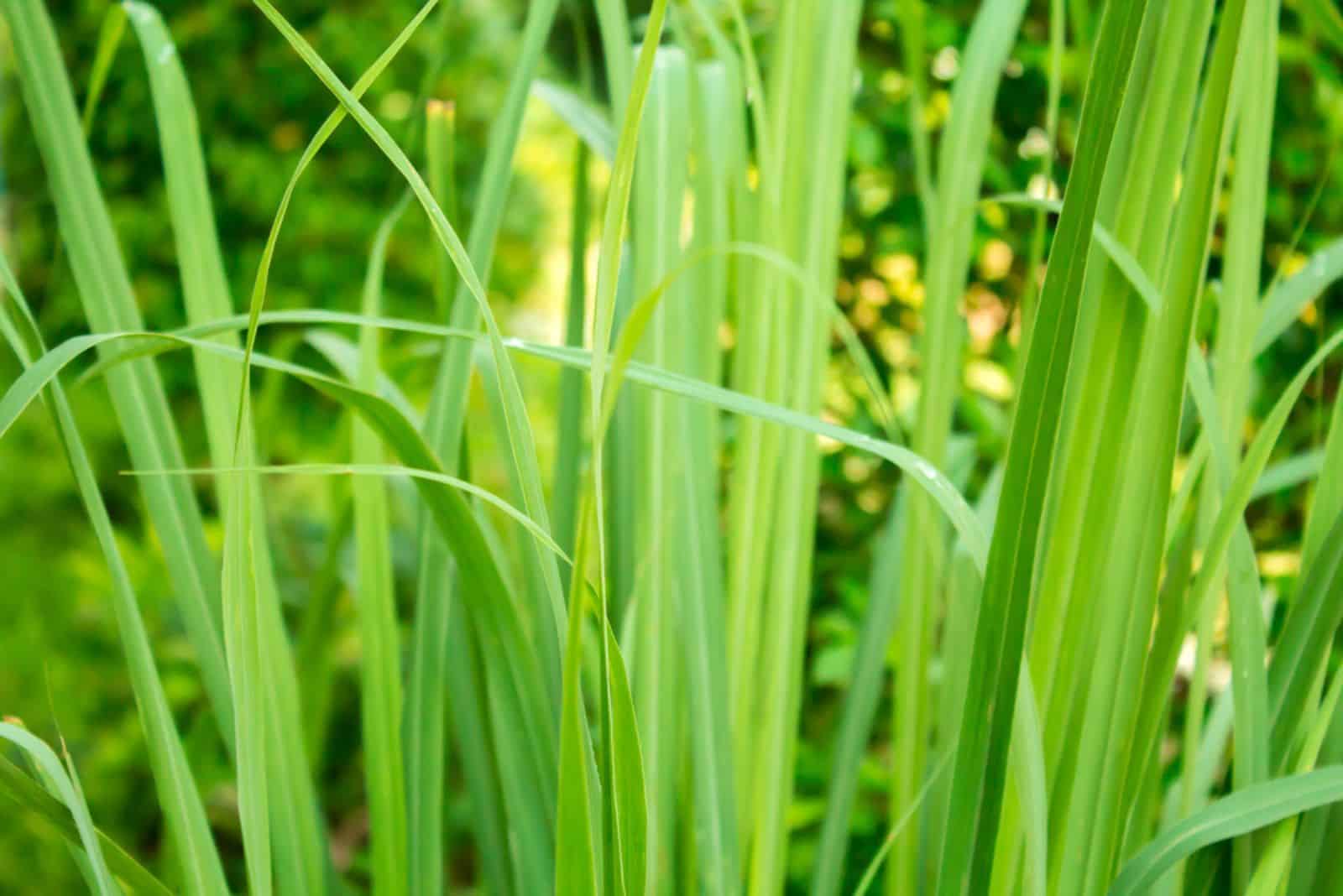Are you looking for a new grass for your garden? Look no further, I have a perfect variety for you, even if you live in a colder climate!
I’m talking about the Lemongrass, a versatile plant that definitely deserves a spot in every garden. Why? Is it because of its appearance, fragrance, simple growing requirements, or everything combined?
I’ll show you all the great reasons to grow lemongrass and once you’re done reading, I believe you won’t have trouble making a decision.
Let’s unleash the power of Lemongrass!
Lemongrass Features
It may be challenging to grow grass in your garden if you live in a cooler climate. This is where Lemongrass steps in. The secret is to grow it in containers, so if temperatures drop below the recommended level, you can transfer it indoors or to a greenhouse.
As far as the taxonomic background of Lemongrass is concerned, the plant belongs to the Poaceae family and its scientific name is Cymbopogon citratus. This species is native to India and Sri Lanka.
Since it’s accustomed to warmer temperatures, it’s mainly grown outdoors in tropical and subtropical climates.
If you live in a warmer climate and plant your Lemongrass in the ground, you can expect it to reach approximately 4 feet tall and 3 feet wide. It won’t get that large if you grow it in containers.
75-85 degrees Fahrenheit is the ideal temperature range for Lemongrass. If the temperatures in your region drop below 50 degrees, you can’t plant this grass in the ground.
Lemongrass doesn’t grow well in shady spots and can’t withstand overly wet soil.
A lot of bright light and free-draining soil will keep your Lemongrass happy and healthy!
How To Regrow Store-bought Lemongrass
I was looking for Lemongrass seeds and couldn’t find any, so my only option was to try to regrow the store-bought ones.
Luckily, this type of propagation worked perfectly. I put the Lemongrass stem in a jar of clean water and it took about a week for it to generate the first roots.
I planted the rooted stem in a well-draining potting mix, and after a while I had a fully established and healthy plant.
It really doesn’t require any special skill to grow Lemongrass in this way.
Another method to get more Lemongrass plants is dividing the mature clumps.
Reasons To Add Lemongrass To Your Garden
You’ve seen that Lemongrass grows well in cooler areas but why bother if you can, for instance, grow some other cold-resistant plants?
This is where the story about the power of Lemongrass begins. Let’s see why growing this type of grass is such a good idea!
1. Perfect For Container Gardens
A container garden is the best option for those who lack space or live in cool climates. If you ensure all the proper growing conditions for your Lemongrass in terms of soil and light exposure, you can have a thriving container plant.
Another good thing about growing this grass type in containers is that it doesn’t need a lot of water.
Potted plants need more water and this is problematic for 2 reasons. First, it’s easy to overwater them, which can result in death, and second, not all of us have access to water in our gardens. It’s always better to choose species that aren’t heavy drinkers.
Generally speaking, you should plant Lemongrass alone in one container. However, some plants pair well with this grass, so if you lack space, consider growing some companions for your Lemongrass.
You can choose mangos, cucumbers, onions, or go with some herbs such as cilantro, turmeric, and ginger.
2. It Smells Great
I am a big fan of fragrant plants, especially those with a citrus scent. This scent is actually the reason why Lemongrass has its name.
I recommend keeping this potted plant near your seating area to enjoy the scent all season long.
For me, this technique is perfect for relaxation because of the greenery combined with a citrusy scent.
3. It Can Improve The Soil
I have more good news for those of you who are lucky enough to be able to grow Lemongrass in the ground. This type of grass can improve soil quality, and the reason is pretty simple.
Lemongrass has a fast growth rate and constantly generates new growth. Dead plant parts turn into organic matter and boost the nutrient levels in the soil.
It’s especially beneficial if you need more potassium in the soil.
4. Lemongrass Deters Some Pests
One of the things that gardeners worry about most is pest infestation. Some plants have the ‘power’ to repel pests, and Lemongrass is one of them. Aphids and whiteflies shouldn’t be a problem in your garden anymore if you grow Lemongrass!
If you’re growing Lemongrass for this purpose, consider adding more pest-deterring plants to your garden, such as marigolds and thyme.
It also repels stable flies and mosquitoes (1), which is one of my favorite features of this grass.
A very common method is to extract citronella from this plant and use it as a pest deterrent indoors.
This is also one of the plants that repels lizards from gardens, so if you’re not a fan of these creatures, now you have a way to get rid of them.
5. Can Be Used As A Ground Cover And Aid Erosion Control
This particular benefit of Lemongrass is again for those who live in warmer climates. Planting this grass as a ground cover can actually help control erosion.
How come? This grass has a robust root system and develops into clumps that keep the soil in place. Additionally, it can help the soil retain more moisture.
6. Perfect Border Plant
By planting Lemongrass as a border plant, you get a natural barrier that’ll ensure privacy.
You can also plant it around fast-spreading veggies such as sweet potatoes.
It’s also beneficial when used as a border plant to protect your garden from weeds and other invasive species.
7. Culinary Delights
If you’ve tried Asian cuisine, then you know that Lemongrass is frequently used in many dishes; my favorite by far is Thai curry.
Interestingly, all parts of Lemongrass can be used in cooking. For instance, juvenile shoots are used as a vegetable, while the foliage is used for making tea.
The main parts of the shoots and older foliage have similar usage to bay foliage; they’re added to dishes to give them a lemon-like scent and flavor. You will need to remove the leaves before you eat the dish.
8. Medicinal Properties
Another reason to grow this magnificent plant is because of its medicinal benefits. It’s used to treat different conditions and has anti-bacterial, anti-fungal, anti-inflammatory, and antimycobacterial properties. (2)
If you have issues with digestion and bloating, Lemongrass is here to help. It can also help you reduce inflammation and alleviate pain associated with muscle strain or arthritis.
Of course, you should always consult with a healthcare professional before using Lemongrass for these purposes.
9. DIY Skin Care Products
Skin care products can be pretty pricey, so we often look for DIY alternatives. Lemongrass is very beneficial for the skin and can be used for cleansing and purifying.
If you have issues with excess oil production on your skin, you can use Lemongrass-based products to treat it.
It also has a calming effect, which is the reason why it’s used for irritated and sensitive skin.
Luckily, making Lemongrass products is not time-consuming and doesn’t require any special skill. Here’s a video on how to make Lemongrass oil: https://youtu.be/jtzmhGVZhe8
10. It Has Great Ornamental Value
If you want to add a special touch to your garden, Lemongrass is the best candidate for the job. The long thin leaves will add movement and charm to your garden.
Due to its mature size, this grass type serves as an excellent focal point for landscaping.
When paired with broad-leafed plant species, Lemongrass creates a lush visual element.
11. DIY House Cleaners
I’m not a big fan of store-bought house cleaning products because of their strong scent and nasty chemicals.
The good news is that you can make Lemongrass-based house cleaning products to make your house smell nice and free of bacteria. Remember, this grass type has anti-microbial properties!
The simplest recipe is to add 10 drops of Lemongrass essential oil and ¼ cup of white vinegar to 2 cups of water. This combination is great for all hard surfaces, including floors and countertops.
Now that you know some of the reasons to grow this splendid grass type, I’m sure you can’t wait to get started!
Until next time!
References
1. Baldacchino, F., Tramut, C., Salem, A., Liénard, E., Delétré, E., Franc, M., Martin, T., Duvallet, G., & Jay-Robert, P. (2013). The repellency of lemongrass oil against stable flies, tested using video tracking. Parasite
2. Shah, G., Shri, R., Panchal, V., Sharma, N., Singh, B., & Mann, A. S. (2011). Scientific basis for the therapeutic use of Cymbopogon citratus, stapf (Lemon grass). Journal of Advanced Pharmaceutical Technology & Research

